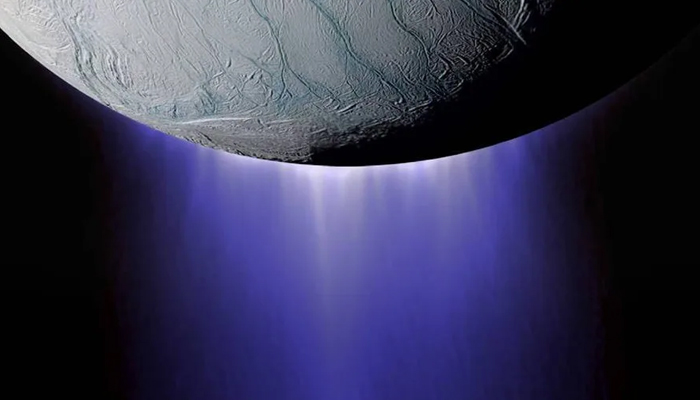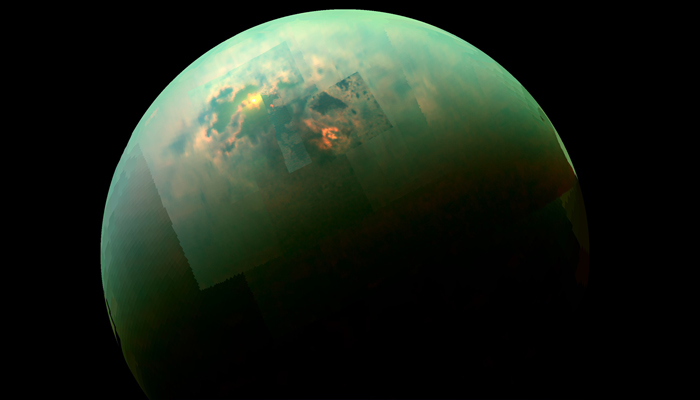Europe eyes to land on moons of other planets
Missions would be comprised of lander and orbiter
March 31, 2024

Experts in Europe are gearing up to explore living conditions in different areas of solar system under the "Voyager 2050" programme with the major focus on Saturn’s moon Enceladus, space.com reported.
The 309-mile-wide moon is covered with ice. Astronomers using the Cassini mission found that Saturn’s natural satellite releases plumes of water from its surface primarily caused by the stretch and squeeze of gravity.
European Space Agency assessed the possibilities of searching for signs of life on Saturn’s moons keeping in view the resources and approach.
Zita Martins, who is an astrobiologist at Instituto Superior Técnico in Portugal, said in a statement: "The search for habitable conditions and for signatures of life in the solar system is challenging from a science and technology point of view, but very exciting."
Enceladus possesses all the components necessary to support life such as water, and organic molecules.

According to the report, the missions would be comprised of a lander and an orbiter, that would be separately launched on Ariane 6 rockets.
The Titan — another and the largest moon of Saturn — is on the radar.
If experts select Enceladus, the space missions would collect samples either by landing or passing from the plumes.
The mission on Titan, however, would focus on landing and collecting samples.
Nasa is already developing a quadcopter to Titan, called Dragonfly which is set to launch to collect information about the skies and surface.
"An investigation into signs of past or present life around Saturn has never been achieved before," said Carole Mundell, who is the director of science at ESA.
"It would guarantee ESA leadership in planetary science for decades to come."









